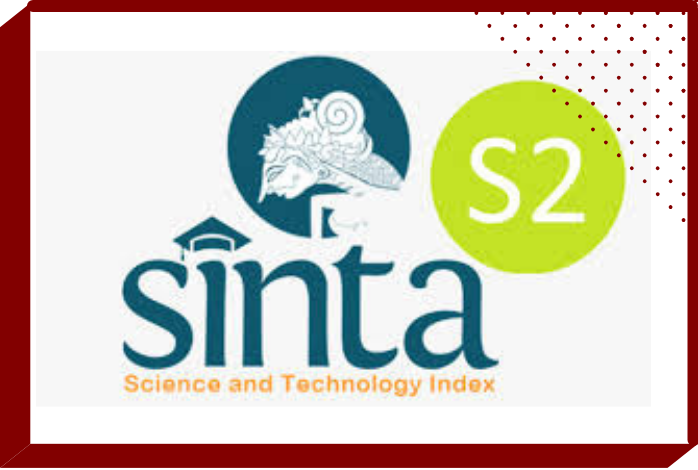MAIN MENU
- Editorial Team
- Peer-Reviewers
- Peer Review Process
- Focus and Scope
- Publication Ethics
- Author Guidelines
- Abstracting & Indexing
- Publication Fee
- Screening Plagiarism
- Open Access Policy
- Journal History
- Online Submissions
- Publication Guide
- Journal Hardcopy
- Copyright Notice
- Copy Right Transfer Form
- Digital Archiving
- F.A.Q
- Contact
- Advertising
- Direct Marketing
- Revenue Sources
- AI Agreement
- Article Withdrawal


















